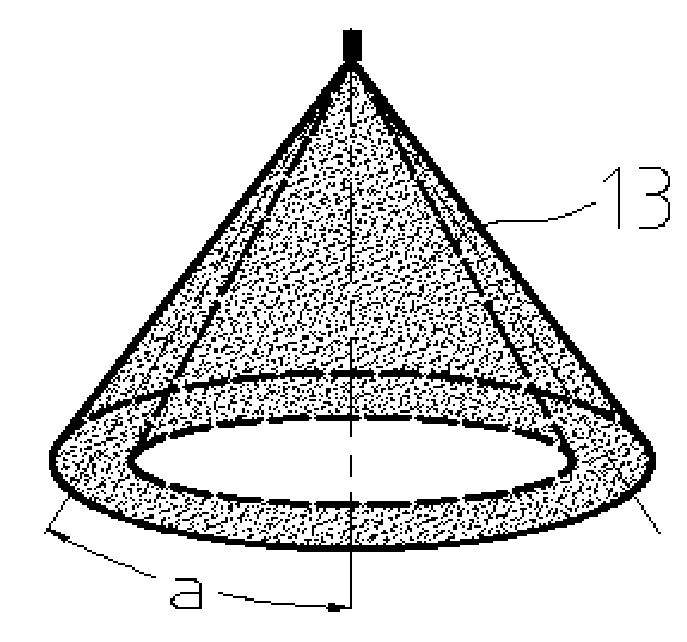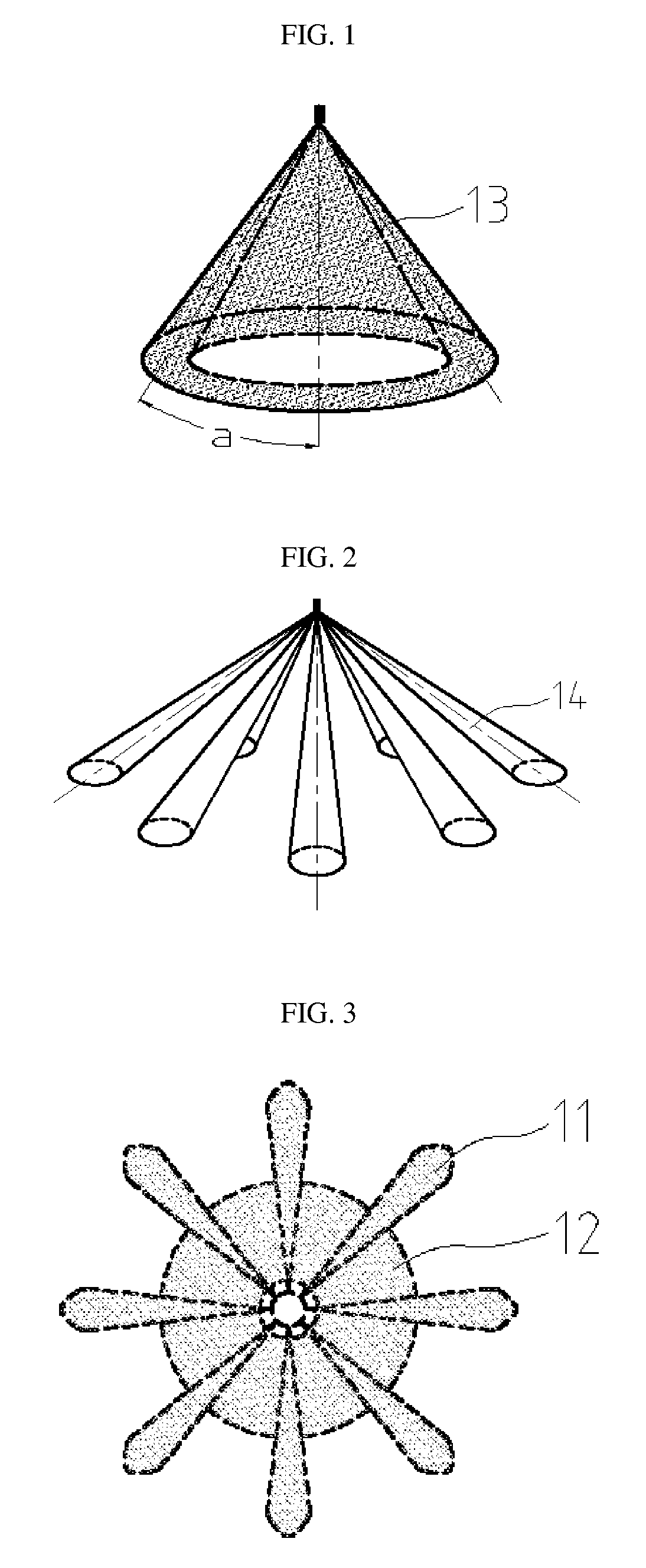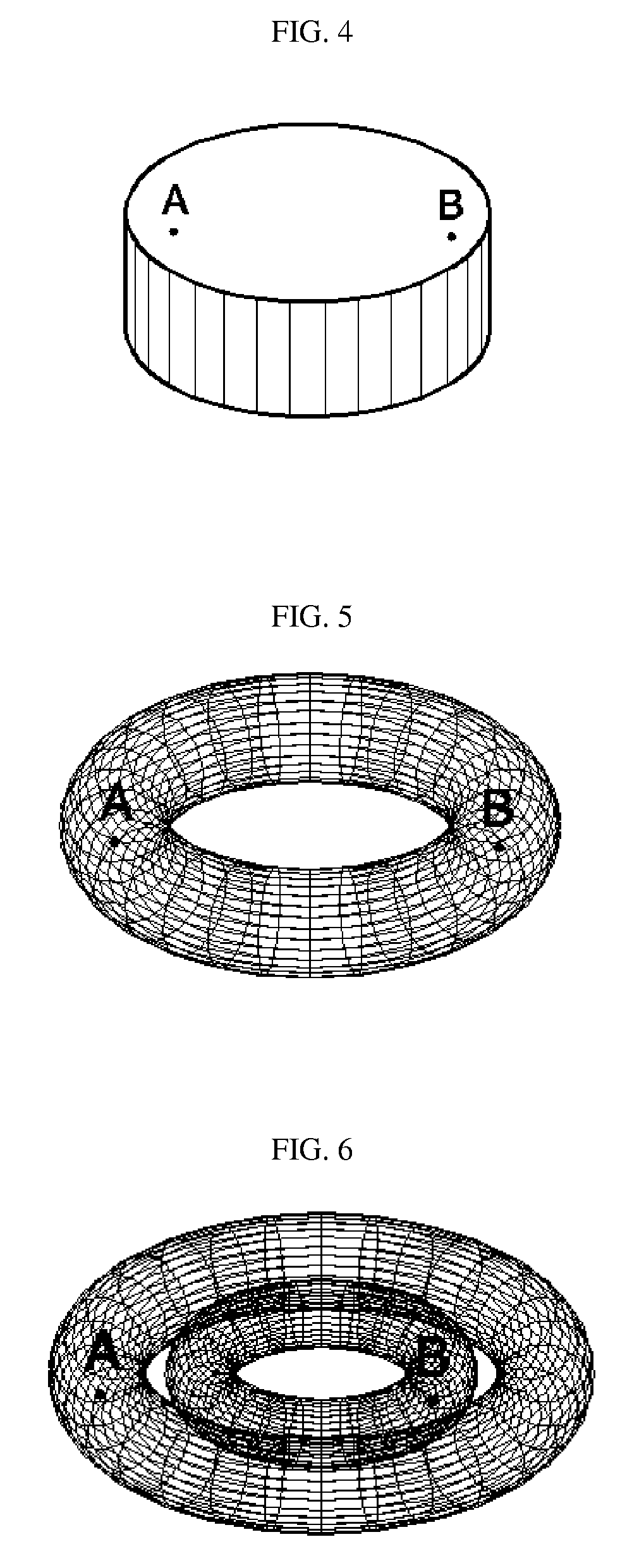Premix Combustion Methods, Devices and Engines Using the Same
a combustion method and combustion engine technology, applied in the direction of machines/engines, liquid fuel feeders, electric control, etc., can solve the problems of releasing all the heat energy and damaging the engine, and achieve the effect of less penetration strength, faster combustion, and higher penetration strength
- Summary
- Abstract
- Description
- Claims
- Application Information
AI Technical Summary
Benefits of technology
Problems solved by technology
Method used
Image
Examples
Embodiment Construction
[0021]A method of combustion, comprising steps of: (i) determining fuel injection timings by engine speed, fuel injection quantity, (ii) utilizing a fuel injector composing a variable injection orifice, (iii) varying injection spray angles based upon injection timing, wherein spray angles increase with late injection timing and decrease with early injection timing relative to engine top dead center, (iv) varying spray patterns wherein spray patterns tend toward hollow conical shapes with determined early injection timings, and tend toward a multi-jet shape with determined late injection timings, (v) wherein distributing fuel into combustion chamber space and surface with adaptive means based on injection quantity and injection timings, thus enable a mixed-mode premixed and conventional combustion.
[0022]As shown in FIG. 8, the spray pattern can vary along with injection timings through controlling the nozzle needle lift; spray patterns can be varied from hollow conical spray with sma...
PUM
 Login to View More
Login to View More Abstract
Description
Claims
Application Information
 Login to View More
Login to View More - R&D
- Intellectual Property
- Life Sciences
- Materials
- Tech Scout
- Unparalleled Data Quality
- Higher Quality Content
- 60% Fewer Hallucinations
Browse by: Latest US Patents, China's latest patents, Technical Efficacy Thesaurus, Application Domain, Technology Topic, Popular Technical Reports.
© 2025 PatSnap. All rights reserved.Legal|Privacy policy|Modern Slavery Act Transparency Statement|Sitemap|About US| Contact US: help@patsnap.com



